ZZ Top – Eliminator
Eliminator isn’t just a rock album—it’s a full-throttle, chrome-plated, synth-dusted ride through neon highways and dive bars that never close. The guitars still snarl, the rhythm section still swings like a barroom door.
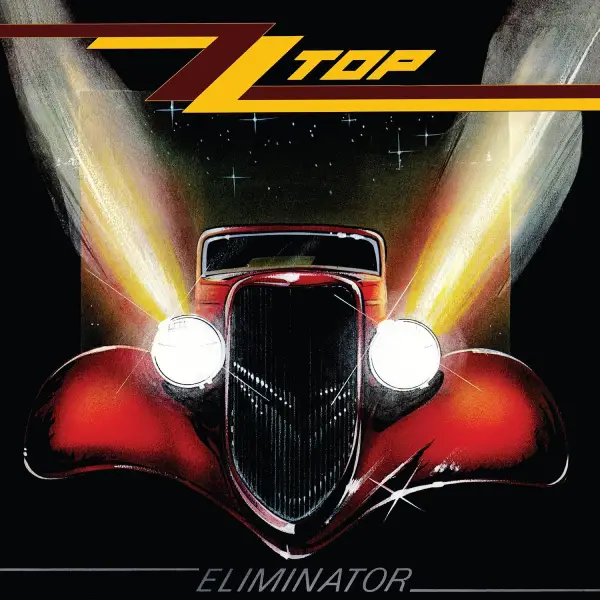
Eliminator isn’t just a rock album—it’s a full-throttle, chrome-plated, synth-dusted ride through neon highways and dive bars that never close. The guitars still snarl, the rhythm section still swings like a barroom door.
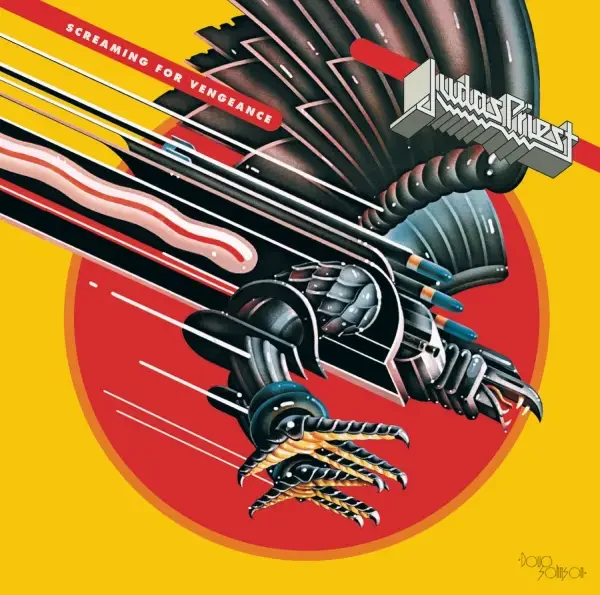
Screaming for Vengeance is more than a vessel for “You’ve Got Another Thing Comin’.” It’s a full-blown declaration of purpose. Priest doesn’t just play heavy metal—they pour it, molten and glowing, into anthems that still sound like a boot in the teeth four decades later.
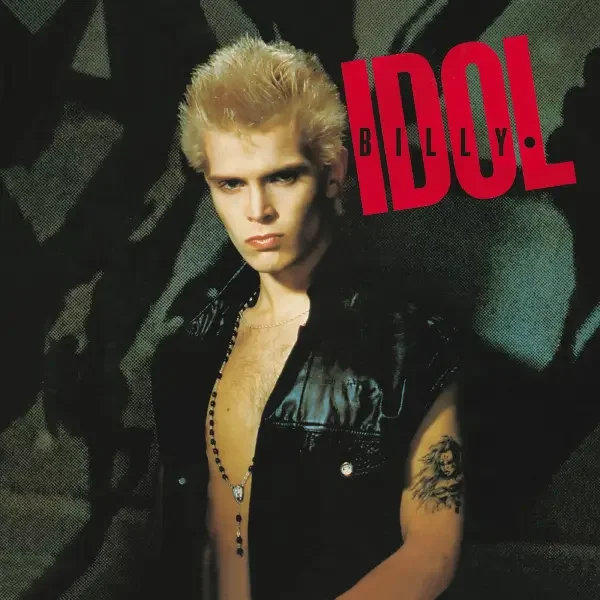
Beneath the polish, there’s a pulse that’s still punk at heart. The beats may be bigger and the hooks more radio-friendly, but Idol’s attitude hasn’t softened. He’s snarling through your speakers, grinning with that unmistakable wink.
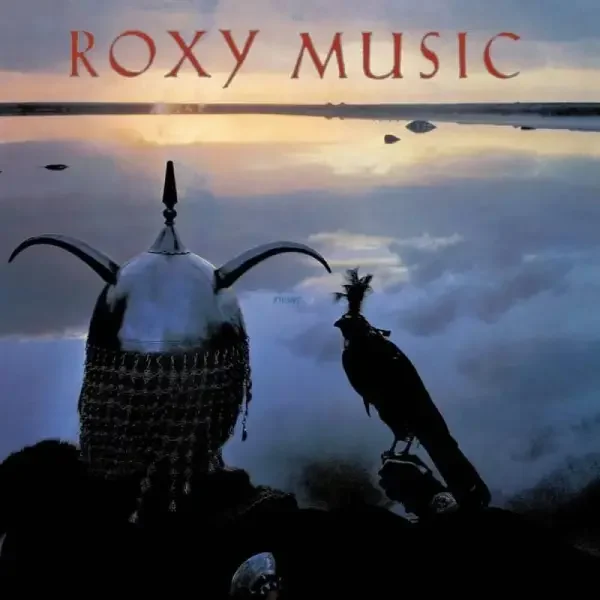
Avalon is Roxy Music refined—lush, hypnotic, and effortlessly elegant. Bryan Ferry trades flamboyance for late-night longing, while shimmering guitars and ghostly sax float through a dreamlike haze. A graceful farewell, not just to a band, but to an era.
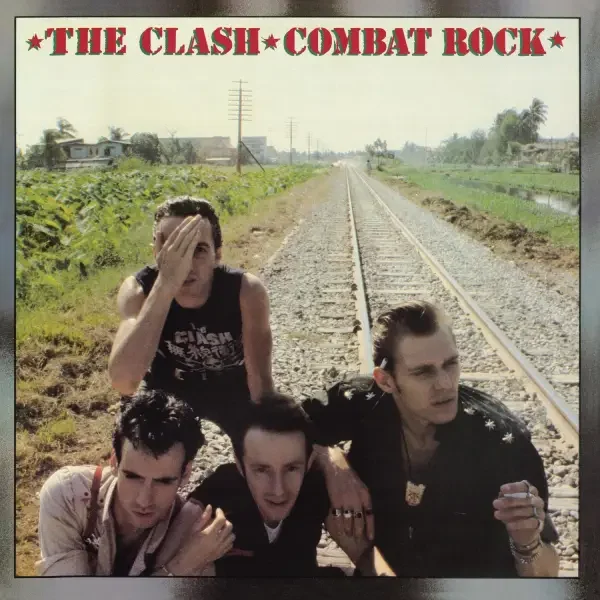
Combat Rock is The Clash at war with themselves—punk defiance clashing with pop ambition. Leaner than Sandinista!, yet packed with paranoia and urgency, it delivers stadium anthems and dystopian dread in equal measure. A brilliant, conflicted last stand.
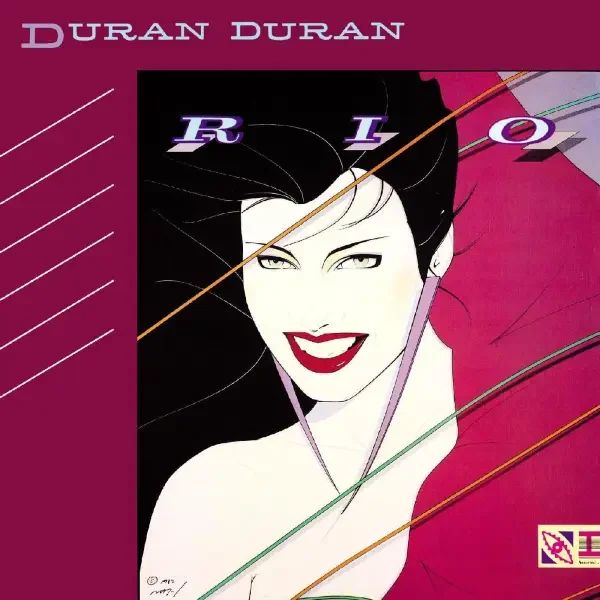
Rio isn’t just an album—it’s a neon fever dream where synths shimmer, basslines dance, and new wave feels cinematic. Duran Duran turned decadence into sound, crafting an album that still moves, seduces, and refuses to stand still. A slick masterpiece.
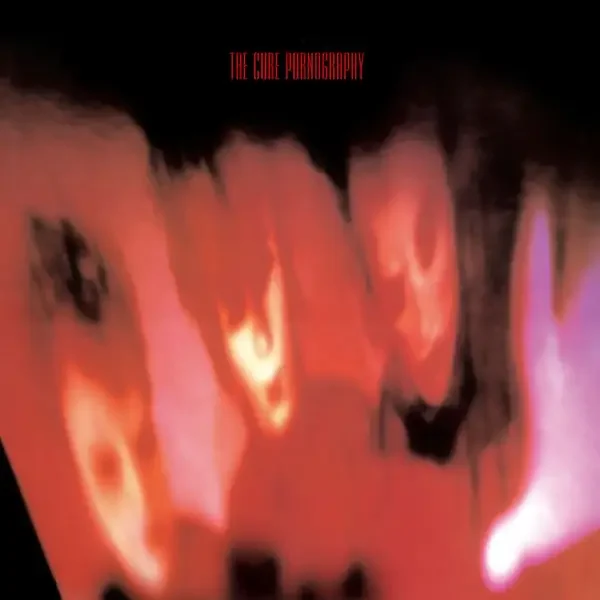
Pornography is The Cure at their bleakest—drenched in despair, pulsing with relentless drums, and dripping with eerie synths. No light, no escape—just a hypnotic, nightmarish descent into Robert Smith’s unraveling psyche. A suffocating masterpiece that refuses to blink.
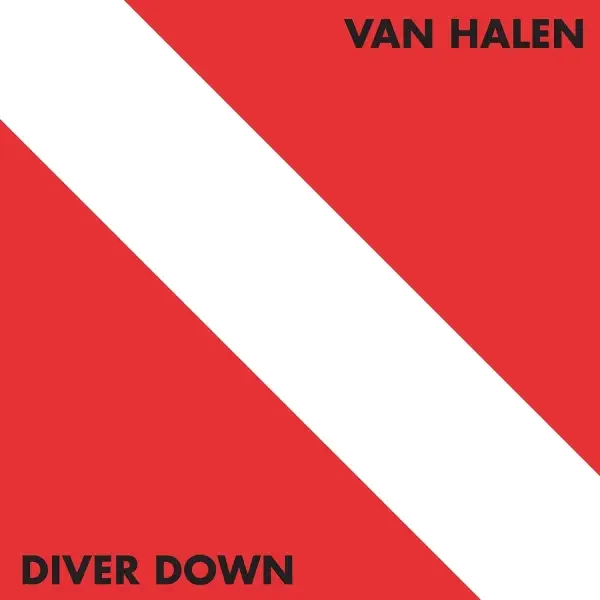
Diver Down is a playful detour for Van Halen, packed with quick, explosive tracks that blend rock-solid musicianship with chaotic fun. At just 31 minutes, the album experiments with styles from surf rock to doo-wop, showing the band’s restless energy and unfiltered creativity while keeping their signature swagger intact.
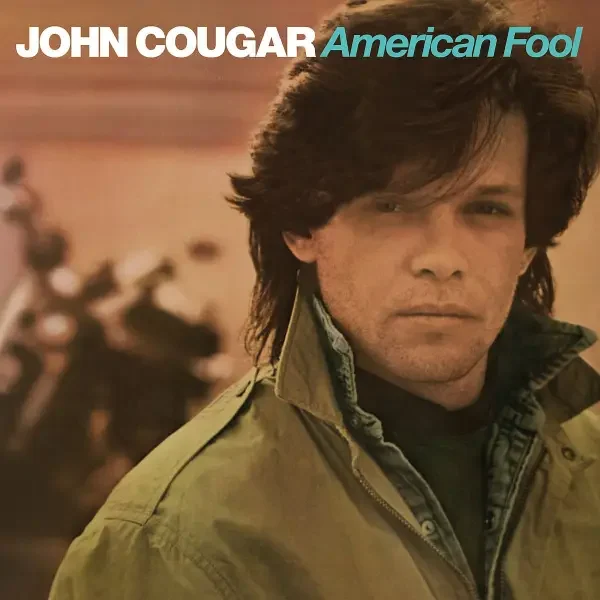
Before the name change, before heartland rock, American Fool was pure scrappy ambition. Raw guitars, pounding drums, blue-collar grit—it’s not polished, but it’s hungry. The album that made John Cougar a star.
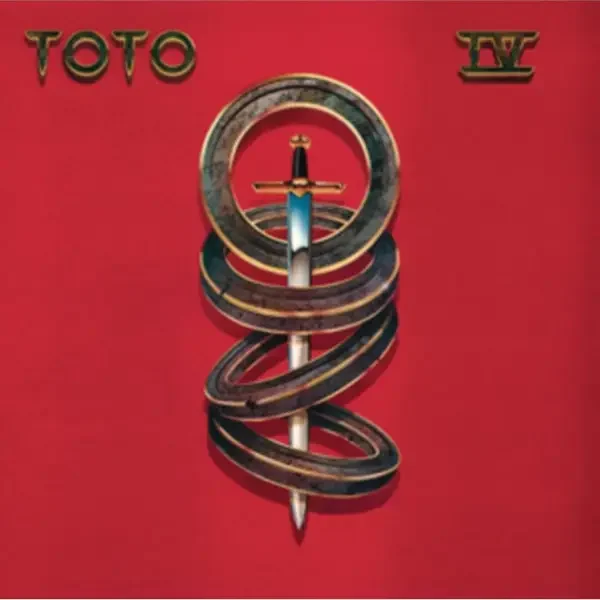
Slick, precise, and packed with hooks, this was the moment everything clicked. Flawless production, untouchable musicianship, and effortless balance between complexity and accessibility. Decades later, still inescapable.